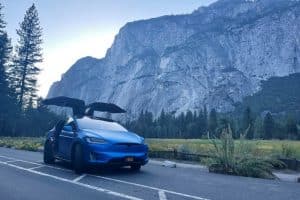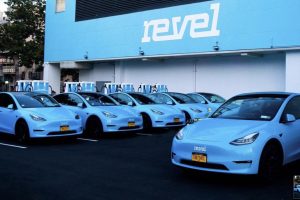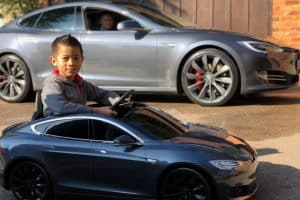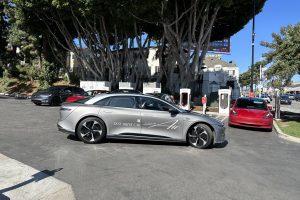- 🚗 Tesla China has exported 1 million electric vehicles, with over 107,000 sent to Australia.
- 🌍 Nearly 50% of Australia’s electric passenger cars come from Tesla’s Giga Shanghai.
- 📈 The Tesla Model Y has taken over as Australia’s best-selling electric vehicle, surpassing the Model 3.
- 🎉 Tesla celebrated the 1-million-vehicle export milestone with recognition from global markets.
- 🇦🇺 Tesla has been in Australia’s market since 2011, initially with vehicles from California but now predominantly from China.
In recent years, Tesla has become synonymous with electric vehicles (EVs) around the globe, setting new benchmarks in innovation, sustainability, and market penetration. A particularly interesting chapter of Tesla’s story unfolds in Australia, where the company’s impact on the EV landscape is both profound and telling. This post examines Tesla’s growing presence in Australia, fueled by exports from the Giga Shanghai factory in China.
Tesla Exports: A Global Phenomenon
Since the inception of Tesla’s vehicle exports from its Giga Shanghai plant in 2021, the automaker has reached a monumental milestone: the export of 1 million electric vehicles worldwide. Among the recipients of these electric marvels, Australia stands out, having received over 107,000 Tesla vehicles.
The Australian EV Market Landscape
Australia’s relationship with Tesla dates back to 2011 when the first Tesla Roadster hit the roads. However, a significant shift occurred with the development of Tesla’s Giga Shanghai, marking China’s pivotal role in delivering EVs to the Australian market. Today, nearly 50% of all Australia’s electric passenger vehicles originate from Shanghai, underscoring Tesla’s dominance in the region.
The Rise of Tesla Model Y in Australia
One of the most significant developments in Tesla’s Australian journey is the rise of the Tesla Model Y. Known for its innovation, range, and design, the Model Y has captivated the Australian market, surpassing the Model 3 to become the country’s best-selling electric vehicle. As of 2024, the Model Y continues its reign as the leader in EV sales, a testament to its appeal to Australian consumers.
Key Reasons for the Model Y’s Success
- Advanced Technology: The Model Y’s high-tech features, including a state-of-the-art autopilot and exceptional battery efficiency, appeal to tech-savvy consumers.
- Environmental Impact: With growing awareness of climate change, more Australians are turning to electric vehicles as a sustainable option.
- Economic Incentives: Various incentives and rebates offered by Australian governments have made owning a Tesla more financially accessible than ever before.
Tesla’s Celebration of a Milestone
On reaching the 1-million-vehicle-export milestone, Tesla marked the occasion with global recognition. The company celebrated its accomplishments with commemorative events and widespread acknowledgment from diverse international markets. This global appreciation highlights Tesla’s successful strategy in tailoring its vehicles to meet the needs and preferences of markets worldwide, including Australia.
Future Prospects: What’s Next for Tesla in Australia?
As Tesla solidifies its stronghold in the Australian market, the future looks promising. Potential developments might include:
- Expansion of Charging Networks: Increasing the number of Supercharger locations to accommodate the growing user base.
- Introduction of New Models: As Tesla continues to innovate, Australian consumers can expect newer models with enhanced features and capacities.
- Partnerships and Collaborations: Partnering with local businesses to promote sustainability and expand EV infrastructure could be on the horizon.
Conclusion
Tesla’s journey in Australia serves as a microcosm of its global ambitions. From significant exports courtesy of Giga Shanghai to the unprecedented popularity of the Model Y, Tesla continues to revolutionize how Australians view electric vehicles. As the nation accelerates its shift towards sustainable energy solutions, Tesla remains at the center of this transformation, driving innovation and setting new standards.





